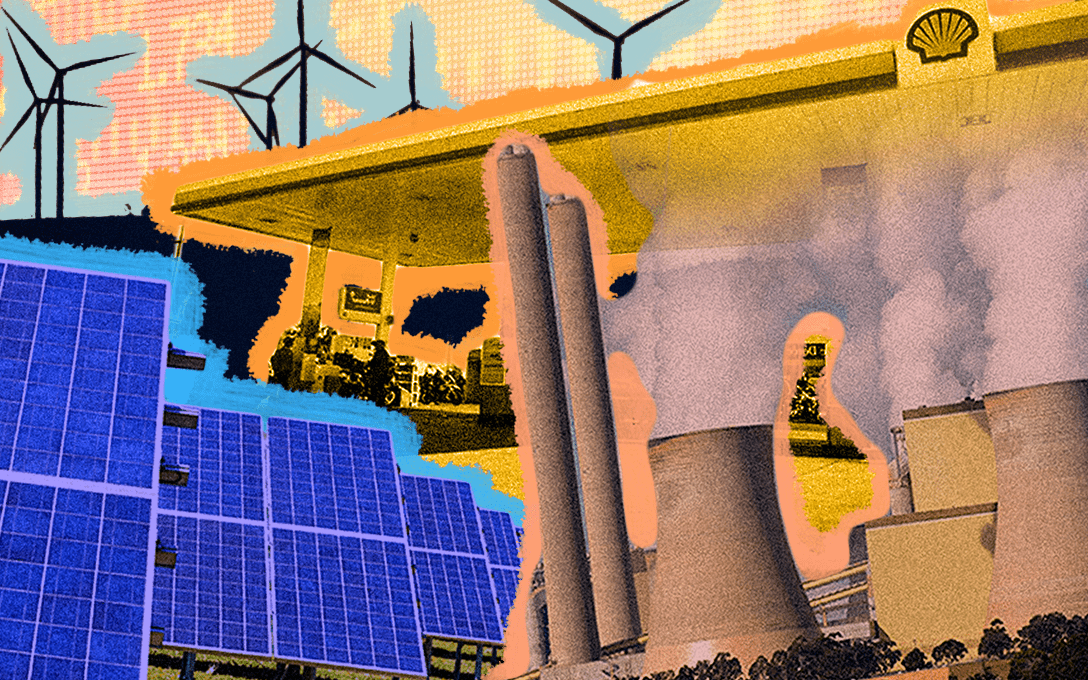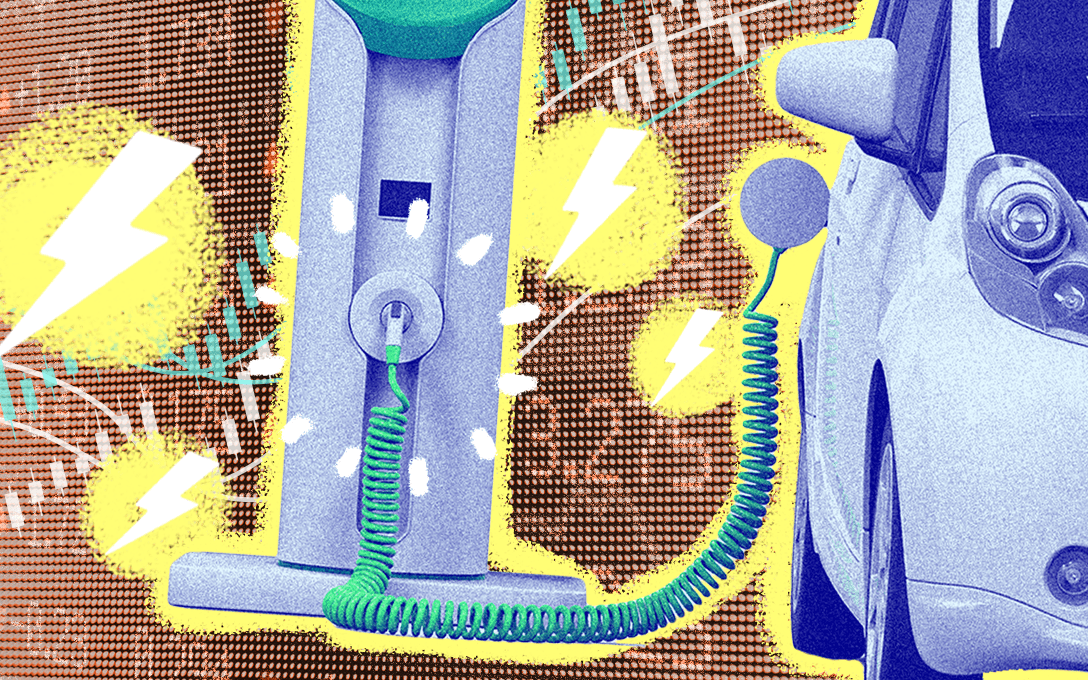India’s Energy Sector – A Powerhouse

With over 1.4 billion people, India is probably the most populous country in the world. Not just that, we’re also among the fastest-growing major economies in the world. This has made India a key contributor to the world’s economic progress and investors around the world now monitor India and its growth closely to make investment as well as business decisions. Moreover, for the longest time now, China has been the recipient of most global investments. However, the anti-China sentiment and the US-China trade war has forced countries around the world to look for an alternative to China and its manufacturing capacity. Looking at things the way they are, India is poised to be the next best destination for global firms to replace China.
All these developments have brought India into the limelight and with the right policy decisions, we could successfully capitalise on this once-in-a-lifetime opportunity to become a global hub for businesses. This will lead to India making the leap from a ‘developing’ country to a ‘developed’ country – as a result of which the standard of life of all Indians is expected to rise.
India’s energy sector and its importance
While a bunch of positive developments have led to the emergence of India on the global stage, energy and power are central to India achieving its ambitious growth goals. Energy and power are vital for industrial and manufacturing capacity expansion. It’s also crucial to bring electricity to those that don’t have it. Basically, if you think of the country as the human body, then the energy sector can be thought of as the food we eat to keep our body energized and active. In fact, energy can be thought to be the most important aspect of modern living and convenience – we couldn’t perform most of our daily tasks without energy.
While there are areas in the system that require work, the government has done a fairly commendable job in gradually improving the health of the energy sector. India’s energy sector comprises power and oil & gas companies. Sources of power generation in India range from conventional sources such as coal, natural gas, oil, hydro and nuclear power to viable non-conventional sources such as wind and solar.
Between 2015 and 2021, percentage of households with electricity increased from 88% to 96.8% – reflecting strong and efficient policy implementation. India is the 3rd largest producer and 2nd largest consumer of electricity in the world and had an installed power capacity of 416 gigawatts (GW) as of March 2023.
Moreover, oil consumption has expanded at a compounded rate of 4.5% during 2015–23 to reach 5.1 million barrels per day in 2022. This is driven by the growth of the auto industry and utilization of electricity generation. The government is also focusing on expanding the gas infrastructure across the country. In addition to electricity generation, gas is also used by commercial establishments as well as households and as automobile fuel.
Sustained economic growth is leading to higher demand for power in India. The Indian power sector is undergoing a significant change that has redefined the industry outlook. Government initiatives like ‘Power for All‘ aims to provide 24×7 power to all households, industry, commercial businesses, public needs, and any other electricity-consuming entity and adequate power to agriculture farm holdings. The government of India has also made significant progress in reducing the use of traditional biomass in cooking, the chief cause of indoor air pollution that particularly affects women and children. The government has also encouraged clean cooking with liquefied petroleum gas. India continues to promote cleaner cooking and off-grid electrification solutions, including a shift toward using solar photovoltaics (PV) for cooking and charging batteries.
Removing bottlenecks and promoting sustainability
.While the need for power will only go higher as the country strives for further development, it is important to understand that such power will need to be more sustainable than it already is. As global warming and climate change affects countries around the world, India has pledged to adhere to sustainable means of power in the decades to come. Additionally, India is currently heavily reliant on imported fossil fuels, which makes it vulnerable to price fluctuations and supply disruptions. Renewable energy can help to reduce India’s reliance on imported fossil fuels and make the country’s energy supply more secure.
To this end, the government has also taken a number of steps to promote renewable energy, including providing financial incentives and simplifying the regulatory framework.
In the energy sector, the theme for the years to come is going to be cheap and sustainable means of power. The Government of India has released its roadmap to achieve 450 GW capacity in renewable energy by 2030 (over 60% of this will be fulfilled from solar power).

If you believe in the sector and its potential for future growth, the Energy Tracker smallcase might be of keen interest to you. It comprises coal, power transmission & distribution, power trading, gas distribution, power generation and oil & gas companies and allows investors to efficiently track and invest in the energy sector.
Disclaimer: Investment in securities market are subject to market risks. Read all the related documents carefully before investing. Registration granted by SEBI, membership of BASL (in case of IAs) and certification from NISM in no way guarantee performance of the intermediary or provide any assurance of returns to investors. The content in this article is for informational and educational purposes only and should not be construed as professional financial advice nor to be construed as an offer to buy /sell or the solicitation of an offer to buy/sell any security or financial products. Users must make their own investment decisions based on their specific investment objective and financial position and use such independent advisors as they believe necessary. Disclosures: bit.ly/sc-wc






